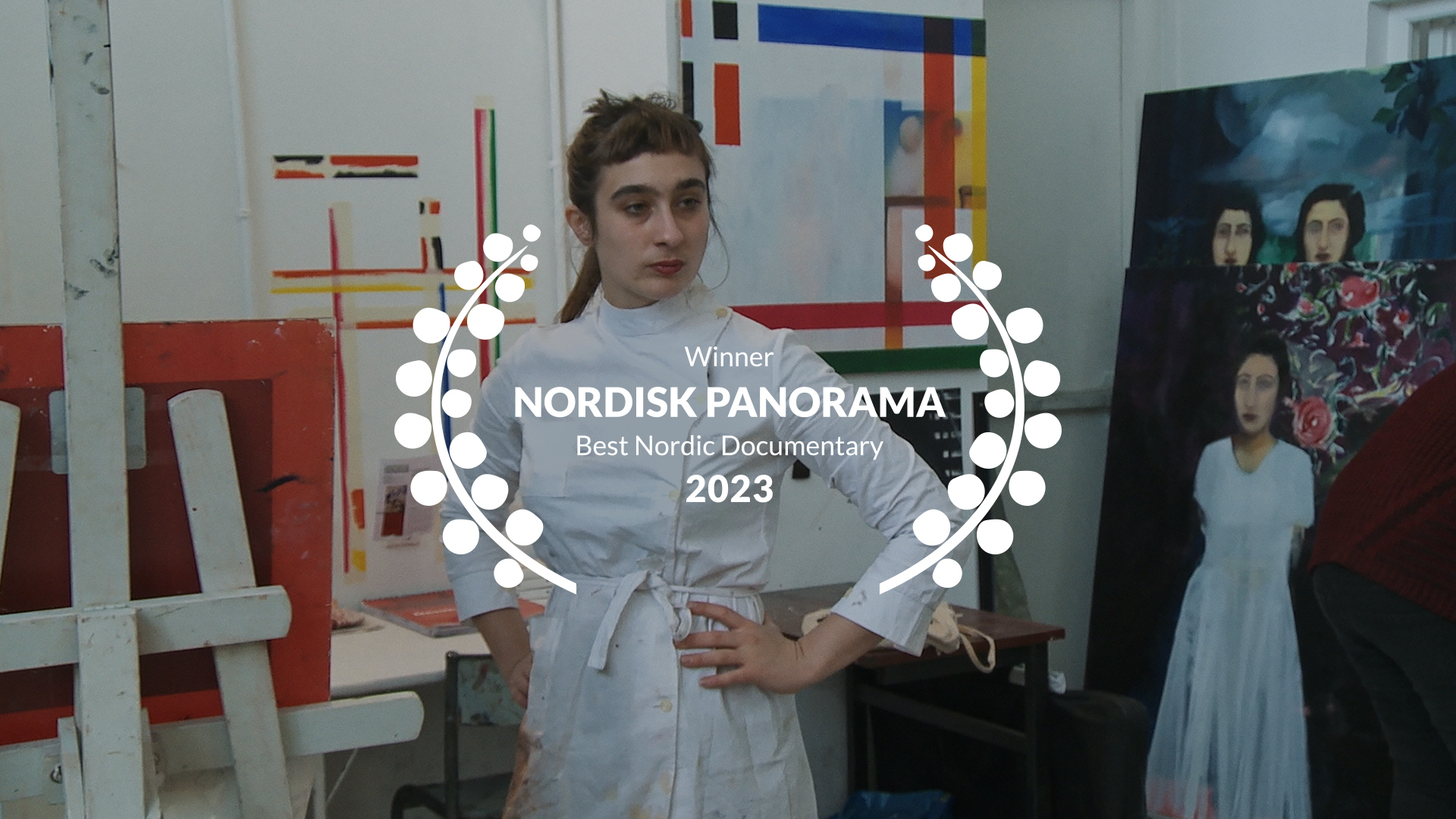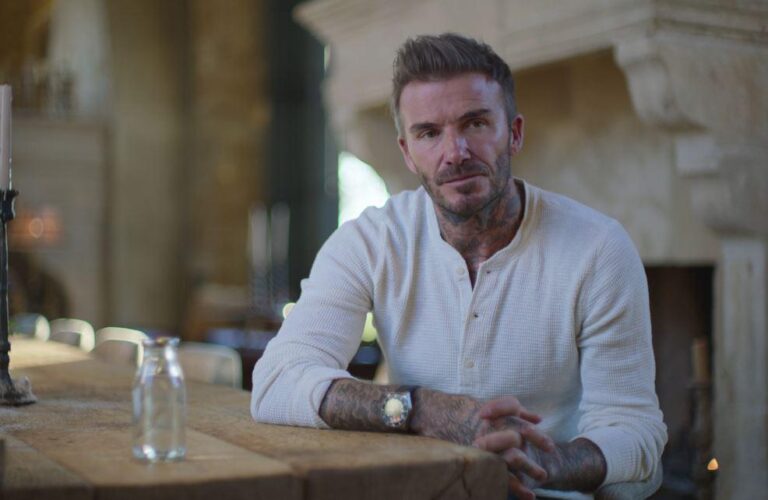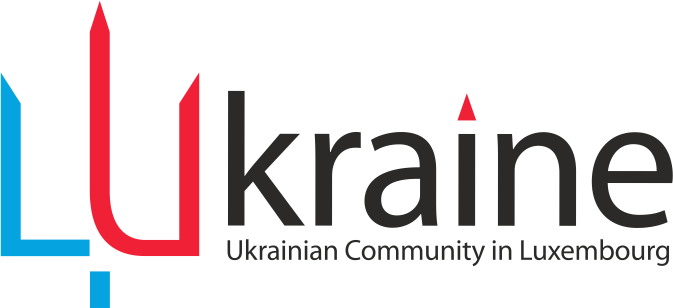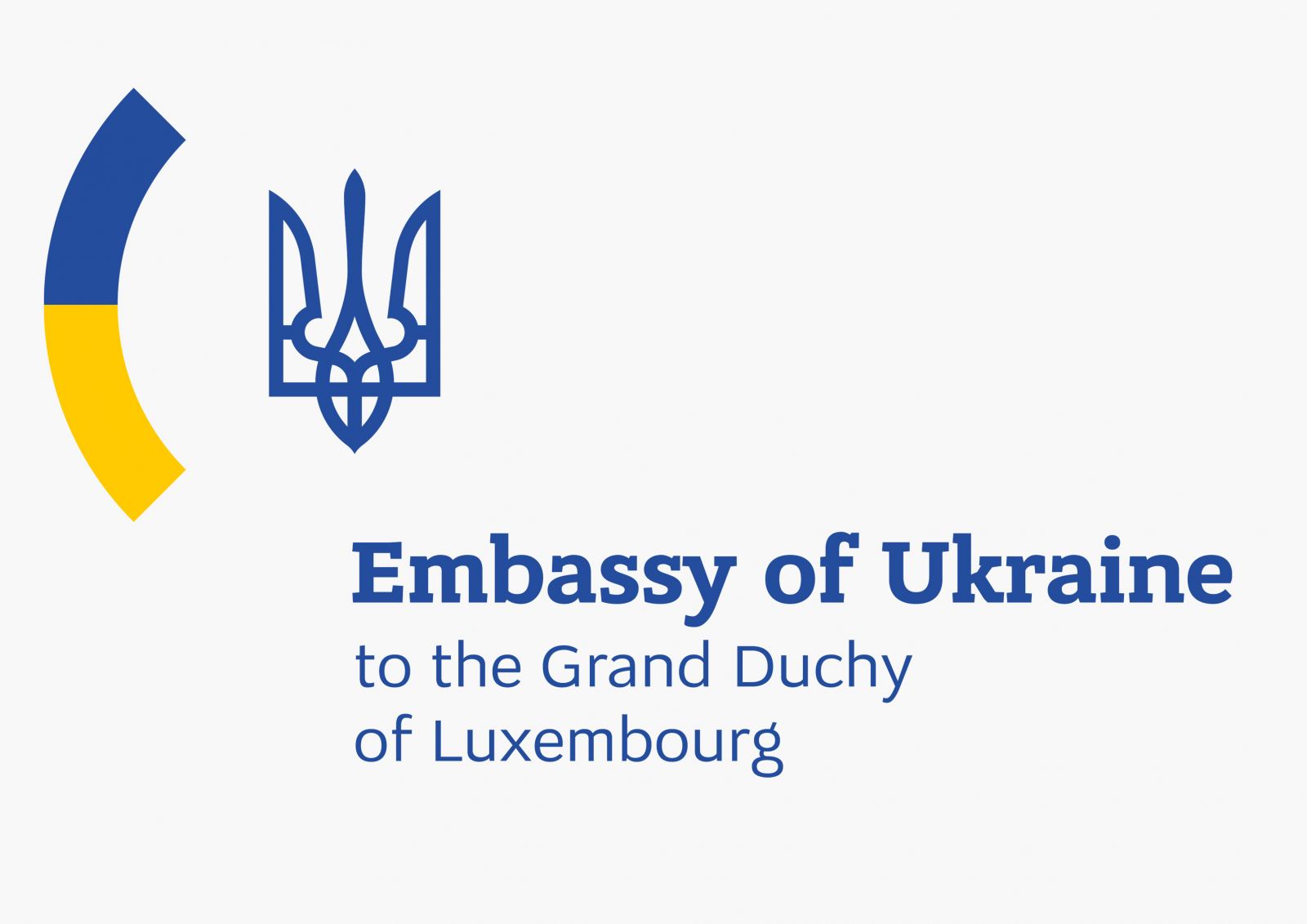|
Winners – Nordisk Panorama Film Festival 2023
|
|
MALMÖ, Sweden — Today, Nordisk Panorama Film Festival proudly presents the winners of our 34th edition. The Awards Gala took place 26 September in Malmö City Hall.
Out of the 64 films selected to compete in our competition categories, 6 films were chosen for this year’s top prizes. Included in this announcement is the winner of the first Nordic Documentary Producer Award.
Keep reading for the full list of winners.
|
|
 |
| Apolonia, Apolonia by Lea Glob |
|
|
Apolonia, Apolonia, (Apolonia, Apolonia), Lea Glob, 116′ min, Denmark, 2022.
|
|
Motivation: “For the best Nordic doc, we wanted to celebrate an exceptional movie that leans on one of the most precious documentary filmmaking resources: the use of time. It is an adorable movie, about life long friendship, about the sacrifices you have to make to express yourself in arts, and about dreams and plans that you stick to, wherever life takes you. The competition was full of surprises and really good filmmaking and movies, we ultimately singled out the one that will stay with us the longest, and this is the one that features a huge butt plug: Apolonia, Apolonia by Lea Glob.”
Synopsis:
When Apolonia Sokol was born her parents were in an underground theatre group in Paris and she grew up in an artists’ community—the ultimate bohemian existence. In her 20s, she studied at the Beaux-Arts de Paris, one of the most prestigious art academies in Europe. When Danish filmmaker Lea Glob first portrayed Apolonia in 2009, hers appeared to be a storybook life. Lea kept returning to film the charismatic Apolonia and a bond developed between the two young women.
About the director:
Lea Glob (born 1982, Denmark) entered The National Film School of Denmark in 2007, and graduated with her short film Meeting My Father Kasper Tophat (2011). In her films you often find strong women, and she uses both body and camera as a means of understanding our world. Apolonia, Apolonia is her debut as solo-director, and the film won the main award at IDFA 2022.
About the award: The Best Nordic Documentary Award is presented to one of the 15 films selected for the competition. The award goes to the director(s) of the winning film.
Prize: The cash award of 11.000 € is sponsored by Nordic public broadcasters DR, NRK, RUV, SVT and YLE.
About the jury.
|
|
 |
| Hypermoon by Mia Engberg |
|
| Hypermoon, (Hypermoon), Mia Engberg, 78′ min, Sweden, 2023. |
|
Motivation: “We want to start by giving a special mention to a very special film that had a huge personal impact. It was a film that for some of us, when it started, felt too close to the bone, but it left us feeling warm and energised. It was a powerful visualisation of feelings many of us not just dread, but struggle to face up to. A lesson in tackling some of life’s most difficult challenges. We are pleased and proud to award a special mention to Mia Engberg and her wonderful film, Hypermoon.”
Synopsis:
At the hospital, Mia, the film director, gets life-altering news. It prompts her to reflect back on her life. A former lover, Vincent the French ex-convict, finds her old film reels in his basement. Meanwhile, in a dream, a child astronaut philosophises alone in space on the fragility of existence.
About the director:
Mia Engberg (born 1970, Sweden) is a director and producer known for her cutting edge films that move between documentary and poetry. Her production Dirty Diaries – 12 shorts of feminist porn – gained international attention and Belleville Baby (2013) was awarded Best Documentary at the Swedish Film Awards. Mia is also author of the book The Visual Silenceand a base player in the band Vagina Grande.
About the jury.
|
|
 |
| Norwegian Offspring by Marlene Emilie Lyngstad |
|
|
Norwegian Offspring, (Norwegian Offspring), Marlene Emilie Lyngstad, 45′ min, Denmark, 2023.
|
|
Motivation: “For a film that really unsettled us and stayed in our minds, creating much discussion between us about masculinity, outsider ideologies, lack of connection and warped intimacy, involving a very problematic, fascinating and well-acted protagonist. Well-shot and paced, this film didn’t make us notice its long running time. We unanimously award Norwegian Offspring by Marlene Emilie Lyngstad.”
Synopsis:
A mother passes away, and her estranged son, obsessed with theories about the repression of male sexuality in modern society, starts longing for offspring of his own.
About the director:
Marlene Emilie Lyngstad (born 1997, Norway) is a Norwegian/Danish director and scriptwriter. In her work she tries to evoke a conflicting mixture of empathy, disgust, humor and melancholy. She has acknowledged she’s an insignificant part of a larger incomprehensible plot, and is trying to deal with it by laughing and crying with seamless transitions.
About the award:
The Best Nordic Short Film Award is presented to one of the 23 films selected for the competition. The award goes to the director(s) of the winning film. The prize-winning film will qualify for consideration in the Short Film Category of the Academy Awards.
Prize:
The cash award of 5.000 € is sponsored by the association of Danish Film Directors and the Swedish Film Directors.
About the jury.
|
|
|
The jury has decided to split the cash award of 5.000 €, sponsored by AVEK and Film i Skåne, between a documentary and a short film.
|
|
 |
| Under Construction by Markus Toivo |
|
| Under Construction, (Wanha Markku), Markus Toivo, 61′ min, Finland, 2023. |
|
Motivation: “Magnificently cinematic and poetic, this film opens the gate, both physical and metaphorical, on the silence and loneliness that endures between fathers and sons. At times so painful, and at others laugh out loud joyous. Markus Toivo gently leads us trough themes around masculinity, inter-generational trauma and the limitations of patriarchy in his brilliant film Wanha Markku.”
Synopsis:
Markku built a house for his family with his bare hands. Like a real man is meant to do, working hard from dawn to dusk so that his seven children would have a roof over their heads. But it was too much and Markku burned out. He felt he had to leave his family and disappear abroad.
About the director:
Markus Toivo (born 1992, Finland) has graduated from ECAM, the film school of Madrid, Spain, where he majored in film directing. Markus works both in fictional and documentary films. Under Construction (Wanha Markku) is his first feature length film.
About the award:
The New Nordic Voice Award introduces promising Nordic filmmakers. Their work has not previously been screened in the Nordisk Panorama Film Festival competition programme, and the selected films are among the first releases by the filmmaker.
About the jury.
|
|
 |
| Prelude by Arman Zafari |
|
| Prelude, (Murtuma), Arman Zafari, 19′ min, Finland, 2023. |
|
Motivation: “In a mere 19 minutes this fiction short made us jurors look deep within ourselves and what it means to strive for perfection. Perhaps it takes a young filmmaker to probe taboos around middle class motherhood. Fine lead performances in this beautifully structured film makes Arman Zafari’s Prelude an exciting new Nordic voice.”
Synopsis:
Helena is having an evening with her family when a stranger knocks at the door. A man confronts her with accusations about her perfect family. Helena drives the man away, but a seed of doubt has been planted.
About the director:
Arman Zafari (born 2001, Afghanistan) came to Finland in 2016 as a refugee and studies film directing at the Aalto University. Before moving to Finland, he lived in Iran as an undocumented migrant. Having spent most of his time at home with fear of deportation, he found a safe space with films. Prelude is his graduation film.
About the award:
The New Nordic Voice Award introduces promising Nordic filmmakers. Their work has not previously been screened in the Nordisk Panorama Film Festival competition programme, and the selected films are among the first releases by the filmmaker.
About the jury.
|
|
| Nordic Documentary Producer Award |
|
Stina Gardell, Sweden.
Motivation:
“With unique determination, tenacity and assurance, Stina Gardell has developed world class Swedish documentaries for years. With consistent artistic vision and penchant for tuning into what the audiences are interested in, she has created a strong signature brand. Stina has contributed immensely to the Swedish documentary field with films like I am Ingrid, The World’s Most Beautiful Boy and The Nun.” |
|
|
About the director: Stina Gardell is one of Sweden’s most meritorious documentary filmmakers, educated at the Stockholm Academy of Dramatic Arts, and with her own Stockholm-based company Mantaray Film as a base for a solid production of award-winning documentary films. Stina has produced 28 feature documentaries and co-produced 9, and has received a number of prestigious film awards e.g. Guldbaggen, Kristallen, Ikaros and Silverfjärilen.
About the award:
The Nordic Documentary Producer Award is our newest award category created to acknowledge the invaluable role of the producer within documentary filmmaking. One producer from each of the five Nordic countries has been nominated based on work completed within the previous five years.
Prize:
The cash award of 10.000 € is sponsored by Danish Producers’ Association, Virke Norwegian Producers Association, Audiovisual Producers Finland (APFI), the Finnish Documentary Guild, Filmproducenternas Rättighetsförening (FRF), and the Icelandic Filmmakers Association.
|
|
 |
| Brouillarta by Ingvild Søderlind |
|
| Brouillarta, (Brouillarta), Ingvild Søderlind, 15′ min, Norway, 2023. |
|
Synopsis: Elliot, a ten-year-old Norwegian, is spending summer with his grandparents in the Basque country in France. He struggles to fit in and feels different from his sharp-witted French cousins. In a mystical village amid brutal landscape, his anxiety grows. And who is Brouillarta?
About the director:
Ingvild Søderlind (born 1975, Norway) is a prizewinning director and scriptwriter. Her breakthrough short Jenny premiered in the 2011 Berlinale. Søderlind has directed films with young and strong female leads, often challenging the depiction of female sexuality and defying stereotypical conceptions. Søderlind has also made short films with her own children as actors, depicting, with a dark undertone, the complex love between siblings. Søderlind directs with an awareness of social status and living conditions, but portrays them with beauty and tenderness, often dreamy and subjective in its point of view.
About the award:
The 11 films in the Young Nordic programme compete for the love of our most critical audience. The festival’s youngest viewers are asked which of the films in this category they like the best, and the competition title with the most votes is then awarded.
Prize:
The cash award of 1.500 € is sponsored by Nordisk Panorama Film Festival and will be awarded in honour of BUFF, the International Children and Young People’s Film Festival in Malmö, as a celebration of their 40-year anniversary.
|
|
| City of Malmö’s Audience Award |
|
 |
| The Home Game by Smari Gunnarsson & Logi Sigursveinsson |
|
|
The Home Game, (Heimaleikurinn), Smari Gunnarsson & Logi Sigursveinsson, 79′ min, Iceland, 2023.
|
|
Synopsis: An impulsive Icelander wants to fulfil his father’s failed dream: to get their beloved fishing village a home game on the unused football pitch he built. A team of underdogs registers for a prestigious men’s tournament. The team includes a fisherman and his son, a church warden – and a mother of three. But when her inclusion threatens to disqualify them, a sequence of events produces an unlikely female hero.
About the directors:
Smari Gunnarsson (born 1985, Iceland) is an Icelandic writer and director, a self-proclaimed football specialist – who loves the game as well as finding the sense of humour in every good story. After receiving a BA training in European Theatre Arts, Smari began creating his own work and further honed his writing skills in the UK through initiatives at The NFTS and BFI Network. The Home Game, screening in competition at Nordisk Panorama, is Smari’s first feature length film.
Logi Sigursveinsson (born 1995, Iceland) studied screenwriting and directing at the Icelandic Film School. In 2018 his graduation film Bjarnarblus won best film at Northern Wave Film Festival in Iceland. Logi works freelance as a cinematographer, editor and vfx artist. The Home Game, screening in competition at Nordisk Panorama, is Logi’s first feature length film.
About the award:
To receive the City of Malmö’s Audience Award at Nordisk Panorama Film Festival is among the finest appreciations a filmmaker can get. The audience can vote for any of the Nordic short films and documentaries competing in the main competition programmes. The award goes to the director(s) of the winning film.
Prize:
The cash award of 2.500 € is sponsored by the City of Malmö.
|
|
|
|




 and
and 








